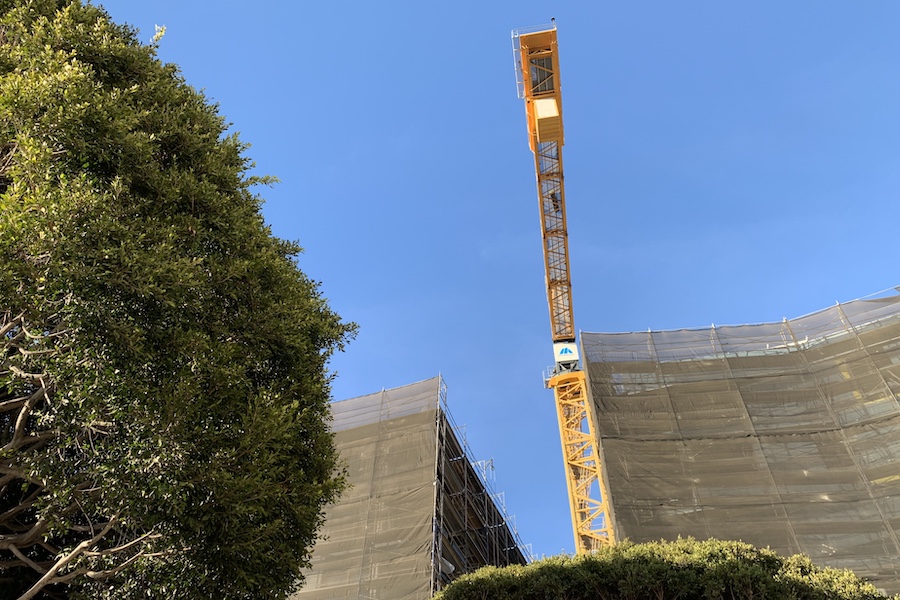For this week’s article, and in the context of the Downtown Specific Plan, we provide a few thought-provoking observations by well-known architects and urban philosophers.
Peter Calthorpe
“Traditional urbanism has three essential qualities: (1) a diverse population and range of activities, (2) a rich array of public spaces and institutions, and (3) human scale in its buildings, streets, and neighborhoods.”
Urbanism in the Age of Climate Change, Island Press 2010
Christopher Alexander
“There is abundant evidence to show that high buildings make people crazy.
High buildings have no genuine advantages, except in speculative gains for banks and land owners. They are not cheaper, they do not help create open space, they destroy the townscape, they destroy social life, they promote crime, they make life difficult for children, they are expensive to maintain, they wreck the open spaces near them, and they damage light and air and views.
“It is our experience that in both housing and office buildings, the problems begin when buildings are more than four stories high.
“At three or four stories, one can still walk comfortably down to the street, and from a window you can still feel part of the street scene: you can see details in the street, the people, their faces, foliage, shops. From three stories you can yell out, and catch the attention of someone below. Above four stories these connections break down. The visual detail is lost; people speak of the scene below as if it were a game, from which they are completely detached. The connection to the ground and to the fabric of the town becomes tenuous; the building becomes a world of its own: with its own elevators and cafeterias.”
A Pattern Language. Oxford University Press, 1977. p.118
Jane Jacobs
“Cities need old buildings so badly it is probably impossible for vigorous streets and districts to grow without them. By old buildings I mean not museum-piece old buildings, not old buildings in an excellent and expensive state of rehabilitation – although these make fine ingredients – but also a good lot of plain, ordinary, low-value old buildings, including some rundown old buildings.
“But neighborhood bars, foreign restaurants and pawn shops go into older buildings. Supermarkets and shoe stores often go into new buildings; good bookstores and antique dealers seldom do. Well-subsidized opera and art museums often go into new buildings. But the unformalized feeders of the arts–studios, galleries, stores for musical instruments and art supplies, backrooms where the low earning power of a seat and a table can absorb uneconomic discussions–these go into old buildings. Perhaps more significant, hundreds of ordinary enterprises, necessary to the safety and public life of streets and neighborhoods, and appreciated for their convenience and personal quality, can make out successfully in old buildings, but are inexorably slain by the high overhead of new construction.”
The Death and Life of Great American Cities, Random House 1961, p.188
Daniel Jansenson, Architect for SMa.r.t.
Santa Monica Architects for a Responsible Tomorrow
Sam Tolkin Architect; Dan Jansenson Architect; Ron Goldman FAIA; Thane Roberts AIA; Robert H. Taylor AIA; Mario Fonda-Bonardi AIA, Planning Commission; Phil Brock, Santa Monica Arts Commission














